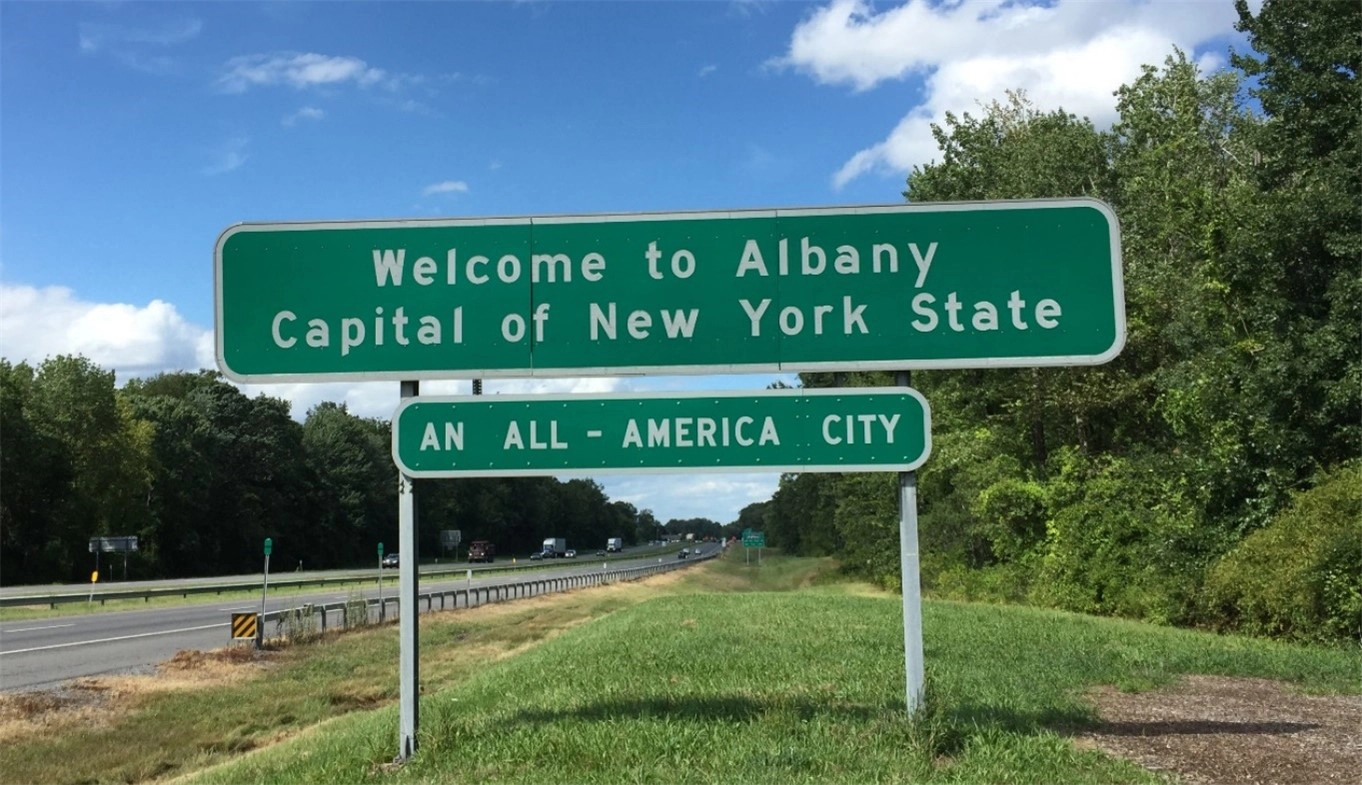
In July 2024, the brand-new Transfer on Death Deed Law went into effect in New York State. Residents are now free to create and record a transfer on death deed (also known as the TODD or TOD deed).
If you know who you’re leaving your home to, and that person doesn’t already hold rights of survivorship, the transfer on death deed is a relatively simple means of leaving your home to the party you designate.
You might consider the TOD deed as similar to passing along a bank account — to your named beneficiary. For this reason, a transfer on death for real estate is sometimes just called a beneficiary deed.
Using the Option: Creating a Transfer on Death Deed in New York
A New York estate planning attorney can create your transfer on death deed. If you wish, you may use the New York transfer on death deed form. (←Scroll down the law to find it.)
A complete TOD deed includes:
- Your name as the property owner, with the home’s address.
- Your property’s legal description, just as it’s printed on your current deed.
- The designation of a beneficiary — the one who will receive the deed to your home after your life.
- An acknowledgement of your signature on the TOD deed. Sign before a notary public, in front of two witnesses.
Record it while alive and of sound mind, with the Recorder of Deeds for the clerk of the county where the property is located. By doing this, you officially designate a beneficiary on your home’s title. You must submit a fee to do it. Check your county’s website for the fee schedule. For example, here is the TODD recording fee breakdown for Suffolk County, New York.
Why must this form be recorded? Because otherwise, it doesn’t count! Once you record it, it’s a matter of public record. And the named beneficiary will receive your home, as long as your estate pays off your remaining debts without needing to liquidate the home’s value.
Once you have the document recorded, you’ll keep a copy together with any other estate planning documents you’ve made — like your will.
Note: Because the transfer is revocable, a TOD deed doesn’t count as a completed gift for tax purposes during your lifetime.
Changing Your Mind: Revoking a Transfer on Death Deed in New York
A TOD deed is an actual deed. But the future owner you’ve designated won’t suddenly have decision-making power over your home, or any kind of claim to your property’s value. As long as you are alive, no rights or responsibilities have shifted away from you.
In fact, you can change your mind about the beneficiary deed whenever you might decide to do so — without permission from your named beneficiary.
If you sell your home, you thereby cancel out the TOD deed. Otherwise, you’ll have to take steps to revoke the recorded document.
New York’s Transfer on Death Deed Law includes a revocation form for your convenience. This is important. If you neglect to record a written revocation, the TOD will become effective after your death. Your named beneficiary will automatically get rights to your home, without probate.
So, if you later change your mind about the beneficiary:
- Complete the New York revocation form. New York also provides this form with the law itself.
- Sign with a notary and witnesses — just as you did with the TOD deed in the first place.
- Record your revocation document at your local Recorder of Deeds’ office.
A recorded revocation ends the beneficiary deed.
Note: If your designated beneficiary dies first, revoke the TOD deed. You might decide to complete a new form, naming a new beneficiary.
Simple, Private Transfers: Why People Use TODD Forms to Avoid Probate

Most states now allow TOD deeds. The option provides a simple, private way to pass a home along. The main point of a TOD deed is to enable the deed to steer clear of the probate process.
Probate happens at a local court when a person dies. The court verifies that a person’s will is valid, and oversees property distribution on behalf of the deceased. If the deed to a home passes through the will, the court has to approve its transfer or sale. Meanwhile, the estate of the late homeowner must keep paying all expenses related to the home.
The TODD form option is generally attractive to people who have simple estates. This is because putting a simple estate through probate can cost more in time and money than the homeowner deems worthwhile.
The new option also may appeal to people who want a simple way to give their homes to specific people, without hashing out the late homeowner’s intent in public court proceedings.
In short, a TODD lets you leave your home to anyone you’ve designated as your beneficiary, without pulling your home through the ringer of probate. That said, if the home has debts on it when you die, they won’t go away. Liens and debts must be cleared from the title. (Probate court would handle that if you leave the home through your will instead.)
Thinking Ahead: The Recipient’s Point of View
Should your recipient get the gift of your deed by surprise? It’s an important question.
In a key aspect, using the transfer on death is unlike transferring a home with a regular quitclaim or warranty deed. A transfer by way of a TOD deed doesn’t need to involve the recipient actually knowing about it.
Still, it’s good to know that your beneficiary will accept the deed when the time comes! So, consider the value in:
- Selecting the beneficiary by yourself. You don’t want to leave a transfer vulnerable to claims of undue influence. So, it’s best not to let others help you commit to transferring a home to them. As the New York Senate advises: “Do not complete this form under pressure. Seek help from a trusted family member, friend, or lawyer.”
- Telling the beneficiary about the TOD deed — once you know you’re ready to sign and record it. In the words of the New York Senate: “Secrecy can cause later complications and
might make it easier for others to commit fraud.”
- Explaining your intentions to your estate planning lawyer at each step, if you decide to involve legal counsel. This way your lawyer will have a record of what you said and did, and why.
- Designating just one beneficiary. This might avert tensions later.
Is the TOD deed better for your chosen recipient than a will would be? It could be — if properly completed and recorded, and if you remain committed to that person receiving your home.
A Word to the Wise
Treat this article as information only — it is not legal advice.
An estate planning attorney can guide you in creating a document that stands up to potential disputes after your passing. Your lawyer or financial planner can also be a sounding board, and can recommend options the best suit your own situation.
Supporting References
N.Y. Real Property Law §424: Transfer on Death Deed Law (effective Jul. 19, 2024).
Cora A. Alsante et al., for Hancock Estabrook, LLP, via HancockLaw.com: Trusts & Estates Legal Alert – The Transfer on Death Deed Is Now Available in New York State (Sep. 3, 2024).
Azriel J. Baer for Farrell Fritz, PC, via FarrellFritz.com: Transfer on Death Deeds Adopted by New York (Jun. 27, 2024).
Deeds.com: The Transfer on Death Deed – Is It Always Simpler Than Probate? (Apr. 24, 2023).
More on topics: Transfer on death deed, Seniors with multiple homes
Photo credits: FAMartin via Wikimedia Commons (CC BY-SA 4.0 International); and Tima Miroshnichenko, via Pexels/Canva.
